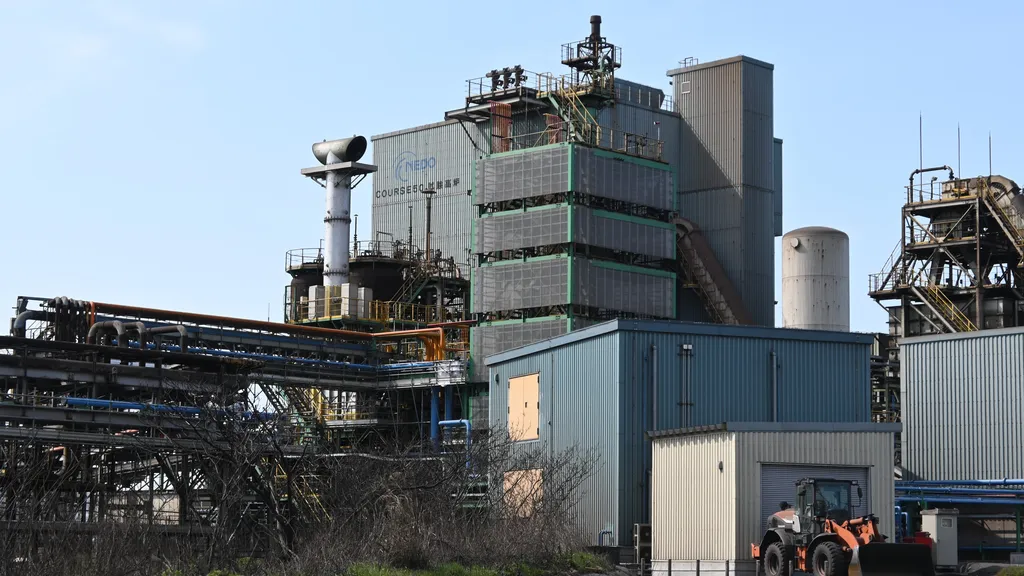In the relentless pursuit of enhancing the efficiency and longevity of power plants, researchers have made significant strides in understanding the behavior of advanced steels under extreme conditions. A recent study led by Kazuhiro Kimura from the Research Center for Structural Materials at the National Institute for Materials Science in Tsukuba, Ibaraki, Japan, has shed new light on the creep properties of 9Cr-1Mo-V-Nb steel, a critical material for high-temperature applications in the energy sector.
Creep, the tendency of materials to deform under constant stress and high temperatures over time, is a significant concern for industries relying on high-temperature components, such as fossil fuel power plants and nuclear reactors. The study, published in ‘Science and Technology of Advanced Materials: Methods’ (which translates to ‘Science and Technology of Advanced Materials: Methods’ in English), provides a comprehensive analysis of the creep data for 9Cr-1Mo-V-Nb steel tubes, plates, and pipes, offering valuable insights for engineers and material scientists.
Kimura and his team conducted extensive testing, subjecting the steel to temperatures ranging from 450°C to 725°C and stresses between 30MPa to 450MPa. They also evaluated the short-term tensile properties of the steels at temperatures from room temperature to 750°C. The researchers employed advanced statistical methods, including the Larson-Miller and Orr-Sherby-Dorn parameters, to analyze the creep rupture data. Notably, they found that using the Larson-Miller parameter with a region splitting analysis (RSA) method, employing third and second-order polynomials for high- and low-stress regimes respectively, provided the most accurate results.
“The RSA method allowed us to better capture the complex behavior of the steel under different stress conditions,” Kimura explained. “This approach provides a more nuanced understanding of the material’s performance, which is crucial for making informed decisions in industrial applications.”
The study also evaluated the minimum creep rate data using the same methods as time to rupture, providing a comprehensive dataset that can be used to predict the long-term behavior of the steel. The temperature dependence of various mechanical properties, including 0.2% proof stress, tensile strength, and creep rupture strength at 100, 1,000, 10,000, and 100,000 hours, was also thoroughly examined.
The implications of this research are significant for the energy sector. By understanding the creep behavior of 9Cr-1Mo-V-Nb steel more accurately, engineers can design more efficient and reliable high-temperature components. This can lead to improved performance and extended lifespans for power plants, ultimately reducing costs and enhancing safety.
“Our findings can help in the development of more robust and efficient power plants,” Kimura noted. “By leveraging this data, industries can optimize their designs and operational parameters, leading to significant economic and environmental benefits.”
As the energy sector continues to evolve, the demand for advanced materials that can withstand extreme conditions will only grow. This research provides a solid foundation for future developments, paving the way for innovations that can drive the industry forward. With a deeper understanding of the creep properties of 9Cr-1Mo-V-Nb steel, the energy sector can look forward to a future of enhanced efficiency, reliability, and sustainability.

